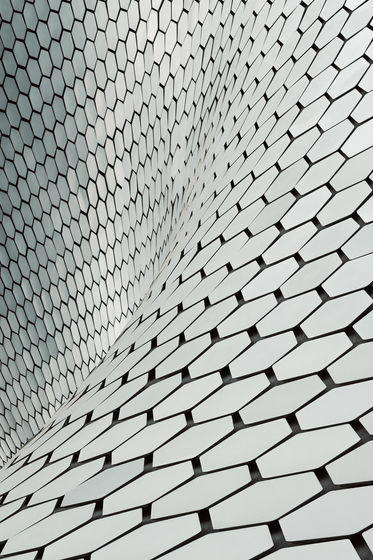How to turn garbage into a valuable material 'graphene' by heating in just 10 milliseconds

A method has been devised to generate '
Gram-scale bottom-up flash graphene synthesis | Nature
https://www.nature.com/articles/s41586-020-1938-0
Rice lab turns trash into valuable graphene in a flash | Rice News | News and Media Relations | Rice University
https://news.rice.edu/news/2020/rice-lab-turns-trash-valuable-graphene-flash
James Tour's lab, a chemist at Rice University, is developing a method for producing graphene powder from food waste, plastics, and other materials. This process is fast and cheap. Mr. Tour calls the method of making graphene from garbage 'flash graphene', and it is possible to reduce the cost to a fraction of the cost of the existing graphene bulk manufacturing method. In other words, large amounts of coal, food waste and plastic can be converted to graphene.
'30-40% of food is wasted worldwide, and plastic waste is also a global concern. On the other hand, solid carbon-based materials such as mixed plastic waste and rubber tires are turned into graphene. It has been proven that it can be converted, 'he said, highlighting the importance of flash graphene technology.
Flash graphene technology heats carbon-containing materials to 5400 degrees Fahrenheit (about 3000 degrees Celsius) and allows graphene to be produced in just 10 milliseconds. Any material that should be the raw material for graphene production is OK as long as it contains carbon. According to Mr. Tour, the leading candidates for materials are food waste, plastic waste, petroleum coke, coal, wood and biochar. 'The commercial price of existing graphene is $ 67,000 to $ 200,000 per ton, so flash graphene technology will be great,' said Tour. I did.

According to Mr. Tour, the cement used to bond concrete contains 0.1% graphene powder, and using graphene powder produced with flash graphene can reduce the environmental impact by a third. Is possible.
In addition, 'By strengthening concrete with graphene, we can reduce the amount of concrete used for construction, reducing manufacturing and transportation costs. Basically, we discharge waste at landfills. It traps greenhouse gases such as carbon dioxide and methane that may be. By converting these carbons to graphene and including it in concrete, we can reduce the amount of carbon dioxide emitted in the production of concrete. This is an environmental scenario that benefits both sides of using graphene, 'said Tour, highlighting the usefulness of flash graphene technology.
'The addition of graphene also acts as a reinforcement to control cement hydration and subsequent strength development,' said Rouzbeh Shahsavari, assistant professor of civil engineering and materials science at Rice University. 'Graphene is too expensive to use in concrete, but flashgraphene technology helps manage waste better, but it also keeps prices down significantly,' said Tour. The graphene manufacturing process is said to lead to lower concrete costs and higher strength.

In addition, Mr. Tour's flash graphene technology has the side effect of producing graphene with a disordered layer structure in which the easily separate layers are misaligned. Graphene in AB stacks created by other processes seems to have a problem that it is difficult to peel off, but graphene with a disordered layer structure produced by flash graphene technology is much easier to handle because the adhesive strength between layers is much lower. It will be.
According to Tour, the heating process of flash graphene technology produces very little excess heat and most of the energy goes to the material. Therefore, you can put your hands on the graphene-producing container a few seconds after heating.
Related Posts:
in Science, Posted by logu_ii







